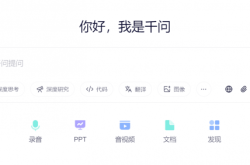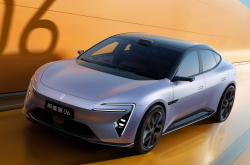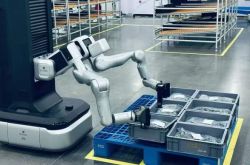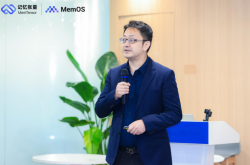Cost Parity Achieved for Unmanned Delivery Vehicles in Express Logistics, Paving Way for Closed-Loop Business Model
![]() 03/31 2025
03/31 2025
![]() 877
877
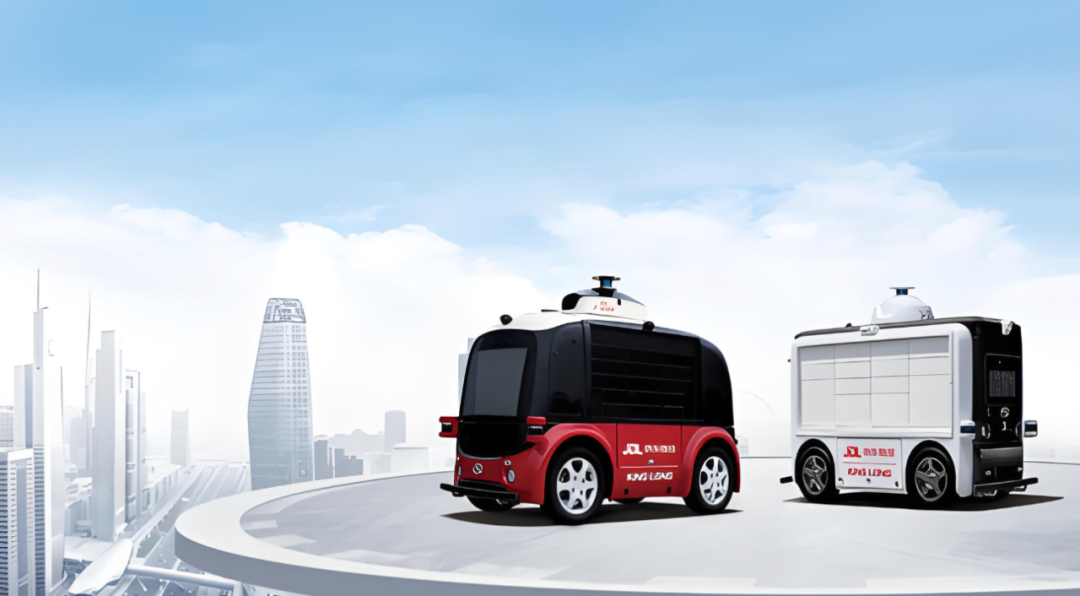
Author | Zhang Lianyi
Over the past year, unmanned delivery has laid a solid foundation for the vehicle-road-cloud integration pilot project.
On March 28, Jin Bing, former first-level inspector and deputy director of the Policy and Regulation Department of the State Post Bureau, expressed this view at the China Electric Vehicle Hundred People Forum (2025).
In his opinion, the vehicle-road-cloud integration pilot project is challenging. Vehicles must be operational, and despite being a national policy and the correct future direction, the huge investment required restricts it to small-scale pilots. However, the application of unmanned express logistics vehicles addresses a pressing need and has significantly contributed to the pilot project.

Jin Bing, former first-level inspector and deputy director of the Policy and Regulation Department of the State Post Bureau
Jin Bing noted that as of 2024, the large-scale application of unmanned express logistics vehicles has surpassed 6,000 units, delivering hundreds of millions of orders across over 100 segmented scenarios. The industry's average daily delivery volume has surged, effectively bridging the gap in express logistics personnel shortages, marking the transition from "pilot demonstration" to "large-scale application".
He emphasized that in 2024, the cost of unmanned postal express logistics vehicles ranging from 3 to 10 cubic meters was comparable to that of ordinary new energy vehicles, and conditions for mass production and application were ripe. Multiple third-party operators have entered the industry, forming a closed-loop business model, and unmanned vehicle operations have entered a virtuous cycle.
01
Unmanned Express Logistics Tackles the Last 5-Kilometer Delivery Challenge
The rapid development of unmanned express logistics vehicles is a testament to collaborative efforts across industries.
Firstly, unmanned vehicle enterprises have ramped up R&D, significantly reducing costs. Jin Bing highlighted that enterprises have independently developed full-scenario traffic capable unmanned vehicles for industry applications, traveling at 70 km/h, at one-tenth the cost of similar U.S. products—a historical breakthrough. Without cost reduction, implementation would be daunting.
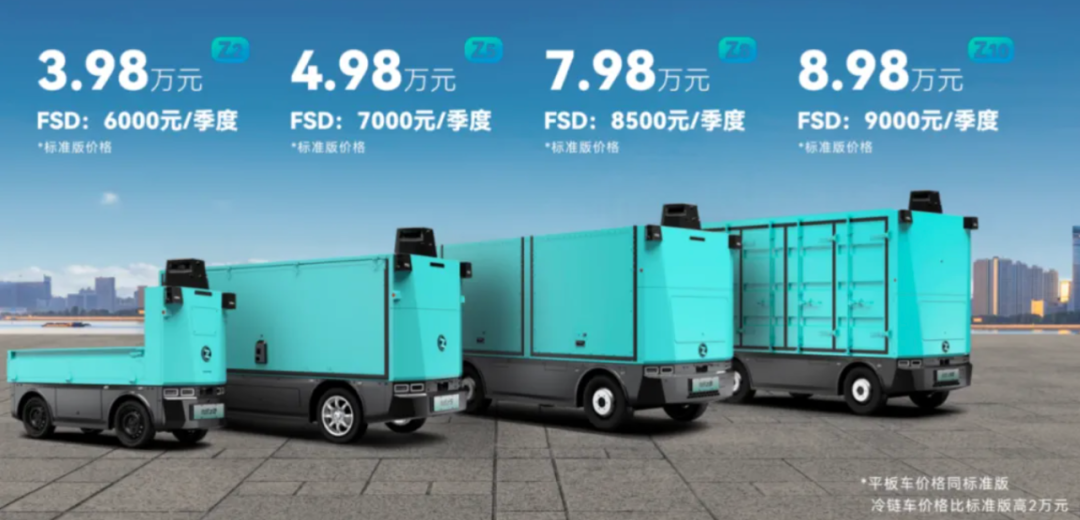
In June last year, Jiushi Intelligence unveiled four low-cost unmanned vehicles simultaneously.
Simultaneously, the integration of autonomous driving, communication, and chassis control into a central domain controller has tripled vehicle reliability. "Automobile enterprises have also delved into express logistics, understanding industry needs and developing new models of 6, 8, 10, and 12 cubic meters, reducing costs by less than 100,000 yuan and further slashing single-vehicle costs by 40%." Jin Bing believes these advancements have paved the way for large-scale unmanned vehicle application.
Secondly, continuous business model innovation has lowered user costs through measures such as sales, self-leasing, and third-party finance leasing, offering users more options.
Jin Bing noted that third-party finance leasing companies' entry not only enhances safety and reliability but also slashes operating costs by 40%, delivering tangible benefits to express logistics enterprises. "Some enterprises have placed orders for thousands of vehicles at once, a stark contrast to past attempts with just two or dozens of vehicles."
Thirdly, by examining industry production and operation processes, delivery costs have been reduced. Some enterprises have developed dedicated facilities to streamline internal operations, reengineering production processes and overturning traditional express logistics models, further cutting per-order delivery costs by 50%.
"Last year's Singles' Day reached 729 million packages, and this year will surpass that," Jin Bing emphasized. It's not just the last mile; unmanned vehicles are also used for intra-city transportation, a revolutionary development.
Unmanned vehicles assist during Singles' Day
Fourthly, unmanned vehicle enterprises continuously refine their business models to achieve incremental growth.
Some enterprises adopt the "hardware + services" dual-income model, reducing costs and boosting efficiency by collaborating with local governments on smart city projects, utilizing unmanned vehicle-collected traffic flow and road condition data to provide dynamic scheduling solutions for traffic management departments, realizing data monetization.
Fifthly, active road rights applications have increased the number of vehicles on the road. According to Jin Bing, Neolith Logistics' unmanned vehicles have obtained road rights in over 90 cities, including Beijing, Shanghai, Guangzhou, Suzhou, Hangzhou, Wuxi, and Chengdu; Jiushi Intelligence in over 100 cities and counties; and Cainiao in over 30 districts—a historic breakthrough, surpassing previous years' total road rights approvals threefold.
Sixthly, there is deep involvement in international standard formulation. Currently, international standards have been issued, and unmanned vehicles, particularly those of express logistics enterprises, operate on roads in over a dozen countries, assisting these nations in formulating industry and local standards.
Seventhly, frequent policy issuance encourages unmanned express logistics vehicle development and application; eighthly, integration with the low-altitude economy creates new road-air integrated AI application scenarios.
Jin Bing cited Hefei Daxu grapes, delivered from the picking base to consumers' tables within two hours. "We use drones to pick grapes directly in fields. After harvesting, 50-kilogram logistics drones transport them to distribution sites, where unmanned vehicles deliver them to customers. This model is nationwide, offering high timeliness and low costs, also benefiting farmers."
Unmanned aerial vehicle delivery service during Hefei Daxu's "Grape Festival"
With the aforementioned multi-party support and innovation, Jin Bing believes express logistics has solved the last 5-kilometer delivery challenge, encompassing not just the last mile but also distribution from distribution center warehouses to urban distribution points, from points to endpoints, and from collection points to processing centers—the "first mile" of distribution.
By 2024, over 6,000 unmanned express logistics vehicles were in large-scale application, with even more in actual use, delivering hundreds of millions of orders across over 100 segmented scenarios, significantly boosting the industry's average daily delivery volume.
He stressed that this effectively addresses the significant shortage of express logistics personnel without competing with couriers for business due to the industry's acute practitioner shortage. "From 100 million packages per day in 2019 to 729 million last year, has our workforce grown? No, we can't recruit enough couriers. There were 4.2 million couriers in 2019 and 4.5 million last year. Expecting a sevenfold increase is unrealistic, so we rely on technological innovation."
As a result, unmanned express logistics vehicles are transitioning from "pilot demonstration" to "large-scale application".
02
Integrate with the Low-Altitude Economy and "Be Bolder"
As we enter 2025, the unmanned delivery industry is accelerating.
Jin Bing noted that since 2024, there has been a strong policy orientation at central and national levels, particularly with this year's Government Work Report outlining the direction for large-scale application. "It's about large-scale application, not pilot demonstration."
Subsequently, favorable policies were introduced. In March 2025, the National Development and Reform Commission increased the special treasury bond quota by 300 billion yuan to one trillion yuan, establishing a national venture capital guidance fund and mobilizing nearly one trillion yuan of local funds and social capital for investment in multiple strategic emerging and future industries, including unmanned vehicles and drones.
The policy's core is to develop a new logistics model integrating the low-altitude economy with unmanned driving; accelerate the development of intelligent and connected new energy vehicles; promote large-scale unmanned logistics vehicle application; and pilot vehicle-road-cloud collaboration.
This is fueled by strong demand.
In 2024, China's express delivery volume exceeded 175.08 billion packages, with a daily per capita volume exceeding 100 packages, expected to grow at a high speed. The "last five kilometers" terminal delivery cost accounts for 60% of logistics costs, the core battleground for unmanned vehicles.
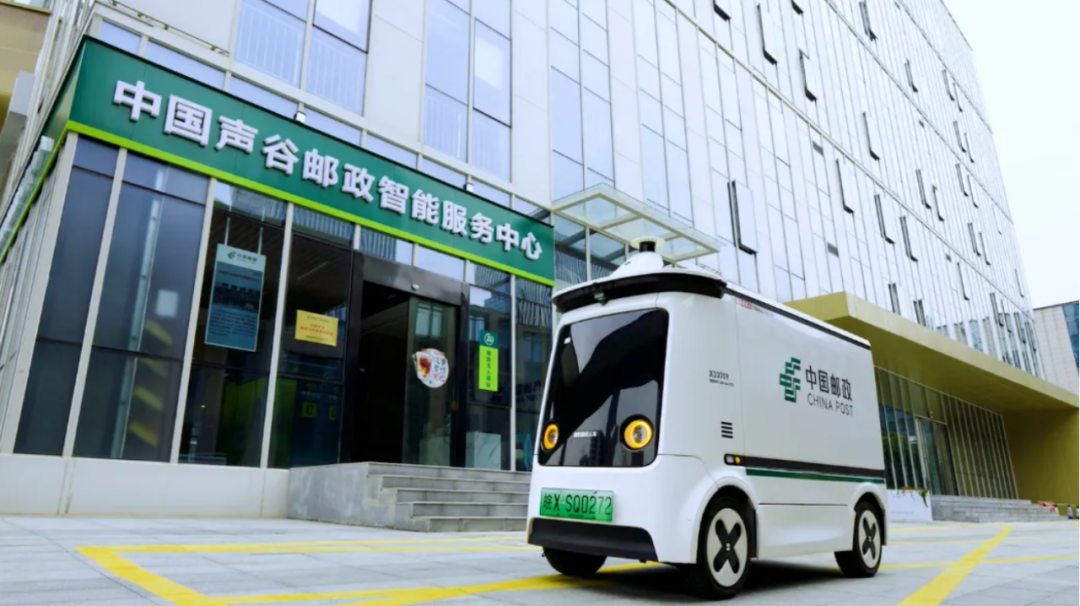
Meanwhile, in 2024, the cost of unmanned postal express logistics vehicles ranging from 3 to 10 cubic meters was comparable to ordinary new energy vehicles, and conditions for mass production and application were ripe. Multiple third-party operators entered the industry, forming a closed-loop business model, and unmanned vehicle operations entered a virtuous cycle.
Despite significant progress, Jin Bing urges "bolder" action. Therefore, he suggests:
Firstly, local governments should swiftly summarize experiences, enhance road rights openness, and support successful pilot enterprises and industries to lead large-scale road operations. "Technological forces like 5G and vehicle-road-cloud collaboration must dare to invest and see early results, forming effective GDP, rather than being timid and losing patient capital and automobile enterprises' confidence. For instance, can 5G provide comprehensive unmanned vehicle services? No. Currently, 5G-A is available in only 100 cities and needs nationwide, full-network implementation."
Secondly, vehicle-road-cloud collaboration is the ultimate goal, a national policy, and the set direction. All stakeholders must act, especially state-owned and central enterprises. If managers only consider their regulatory convenience, and investors only invest when there's no risk after scaling up, vehicle-road-cloud collaboration and large-scale application will never materialize.
Thirdly, integration with the low-altitude economy and smart city construction is crucial. In May 2024, the National Development and Reform Commission and three other departments issued the "Guiding Opinions on Deepening the Development of Smart Cities and Promoting the Digital Transformation of the Entire Urban Area," proposing "one network for unified management" to promote data integration throughout urban planning, construction, management, and operation and maintenance. However, implementation lags. "It's just talk now; everyone does their own thing, hindering data connection. Connected data can monetize, reducing automobile enterprise costs and attracting investors. Without it, urban logistics unmanned vehicles' comprehensive efficiency plummets."
Fourthly, policy transparency must be increased, and implementation accuracy improved. "Years of policy, regulation, standard, and plan formulation show that many enterprises and even local government departments lack a comprehensive, accurate understanding of national macro and micro policies. They haven't even read the full documents. We're accustomed to interpreting policies post-issuance, leading to interpretation and transmission errors at each level and varied implementations."
Fifthly, to formulate policies, regulations, standards, and plans, more front-line research is needed, with management departments' leaders at a certain level participating, rather than leaving it to support units and non-decision-making comrades. It's difficult for lower-level situations to be fully reported upwards.
Jin Bing emphasized, "Comrades from enterprises are highly pragmatic individuals, dedicated to scientific research and product development. Without a genuine comprehension of their circumstances, they simply do not have the time to engage with you personally and may delegate someone else to handle matters. Consequently, the policies and regulations formulated may become diametrically opposed to their needs, significantly diminishing their effectiveness."
-END-


